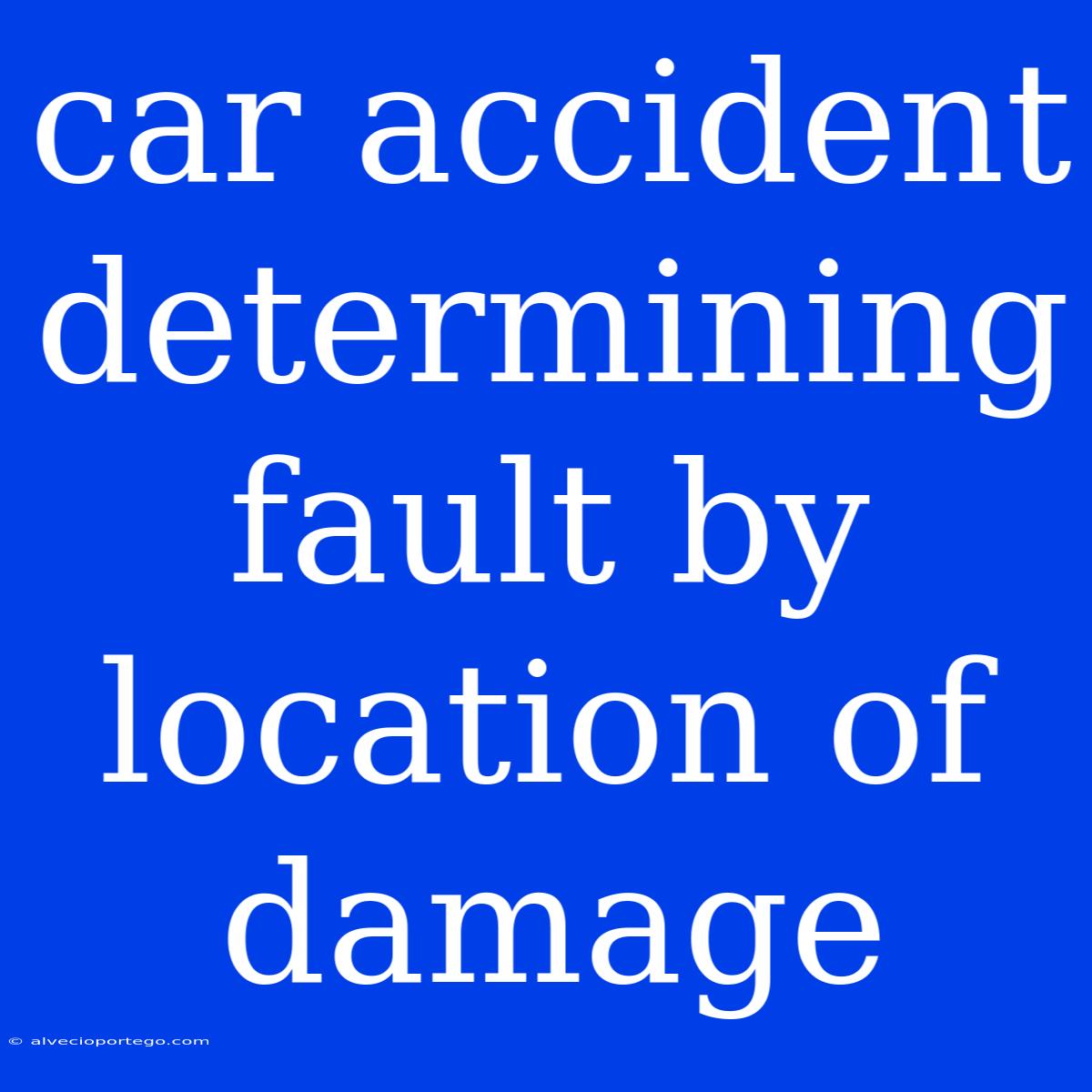Determining Fault in Car Accidents: Clues from the Damage
Car accidents are stressful and often confusing, especially when it comes to determining who was at fault. While police investigations and insurance claims play a vital role, understanding the location of damage on your vehicle can provide valuable clues to help you and your insurance company understand what happened.
Here are some key areas of damage and what they might indicate:
Front-End Damage:
- Head-on Collision: Damage to the front bumper, hood, and windshield suggests a head-on collision. This usually indicates that one driver was traveling in the wrong lane or ran a red light.
- Side-Impact Collision: Damage to the driver's side door, front fender, or side of the hood often points to a side-impact collision. This could indicate a driver changing lanes without checking their blind spot or failing to yield the right-of-way.
- Rear-End Collision: Damage to the rear bumper, taillights, and trunk suggest a rear-end collision. The driver behind you was likely following too closely or was distracted and unable to stop in time.
Side Damage:
- Side-Impact Collision: Damage to the side of your vehicle, particularly the door and fender, is a clear indicator of a side-impact collision.
- Hit-and-Run: If you have damage on the side of your vehicle, especially a scrape or dent, without any witnesses, a hit-and-run could be a possibility.
Rear Damage:
- Rear-End Collision: The most common cause of rear damage is a rear-end collision. The driver behind you was likely driving too fast or not paying attention.
- Rear-End Collision with a Fixed Object: Damage to the rear bumper and taillights could also occur if the car was backed into a parked vehicle, a pole, or another stationary object.
Other Considerations:
- Scratches and Dents: These can provide valuable information. For example, if you have a deep scratch running along the side of your vehicle, it might be from a car scraping against you, indicating a potential lane change without signaling.
- Tire Marks: Look for tire marks on the road or skid marks leading up to the impact. These can help determine who was braking and who was not, providing insight into the cause of the accident.
Remember:
- This information should be used in conjunction with a police report and insurance investigation.
- It is always best to avoid making any judgments or drawing conclusions without professional guidance.
- Documenting the damage with photographs and detailed notes is crucial for your insurance claim.
By understanding the location of damage on your vehicle, you can contribute valuable information to the investigation process, helping to determine who was at fault and ensure fair compensation.

